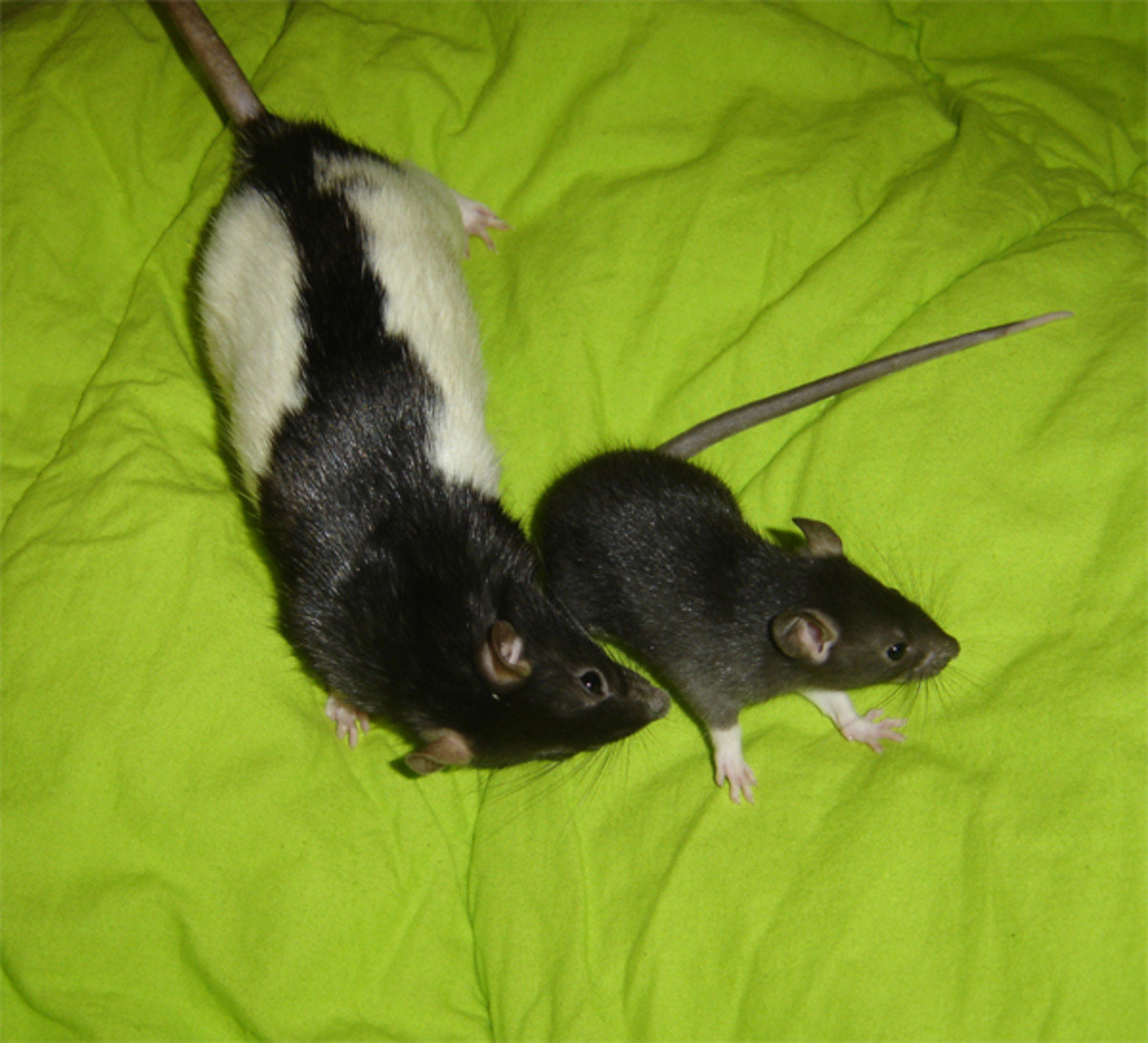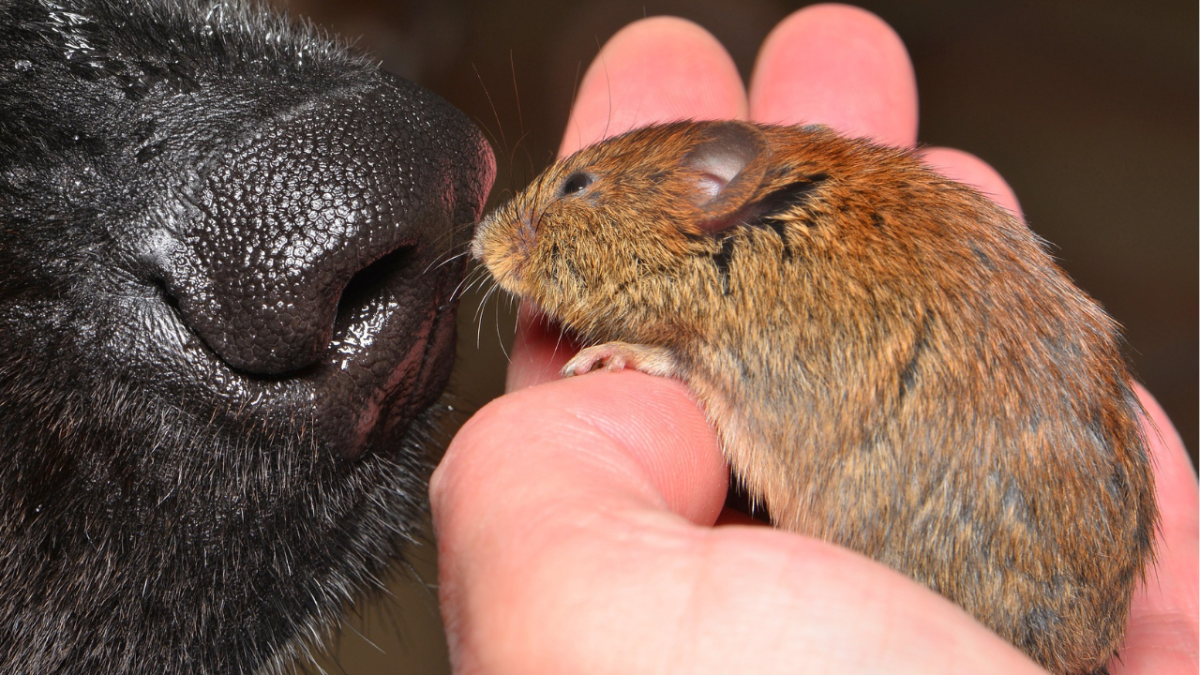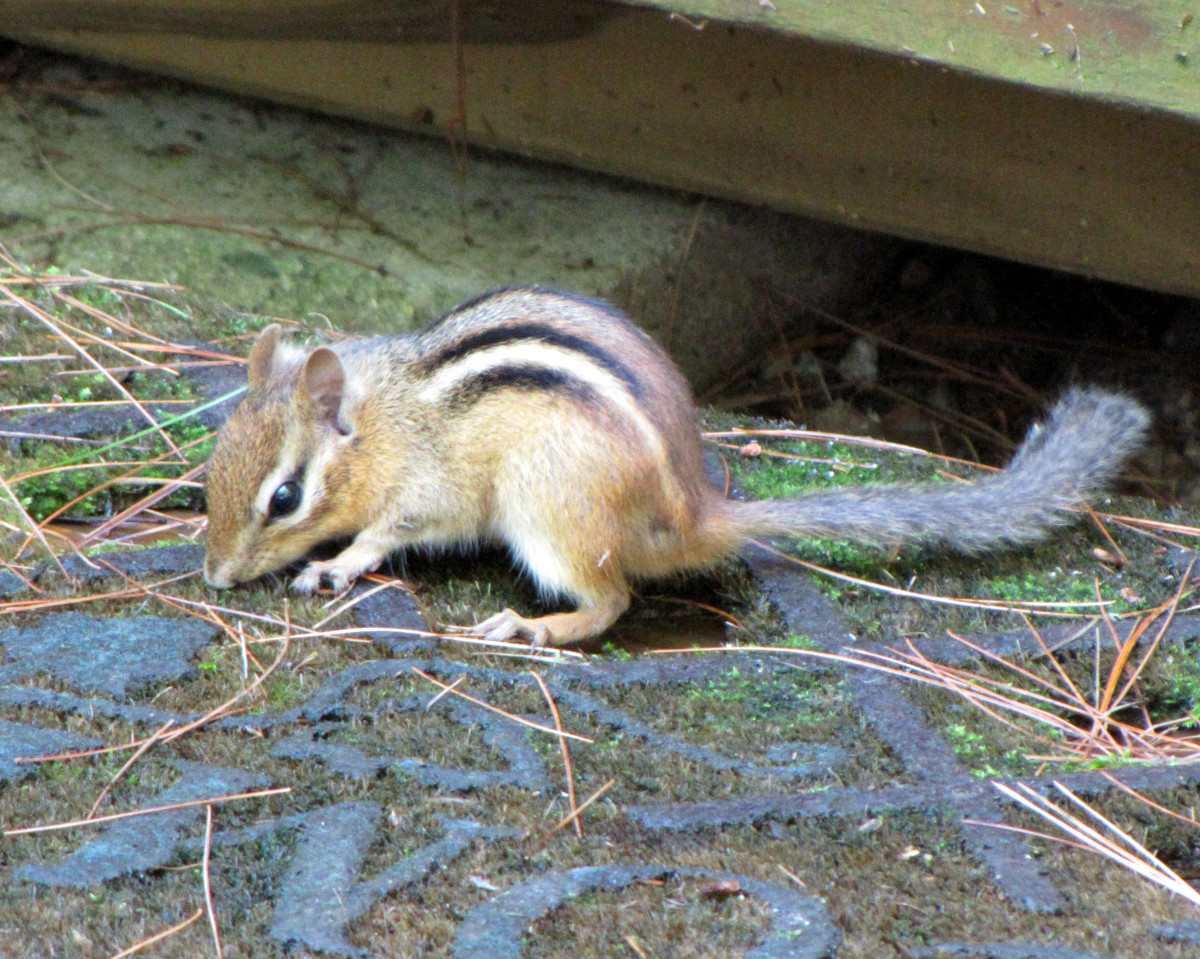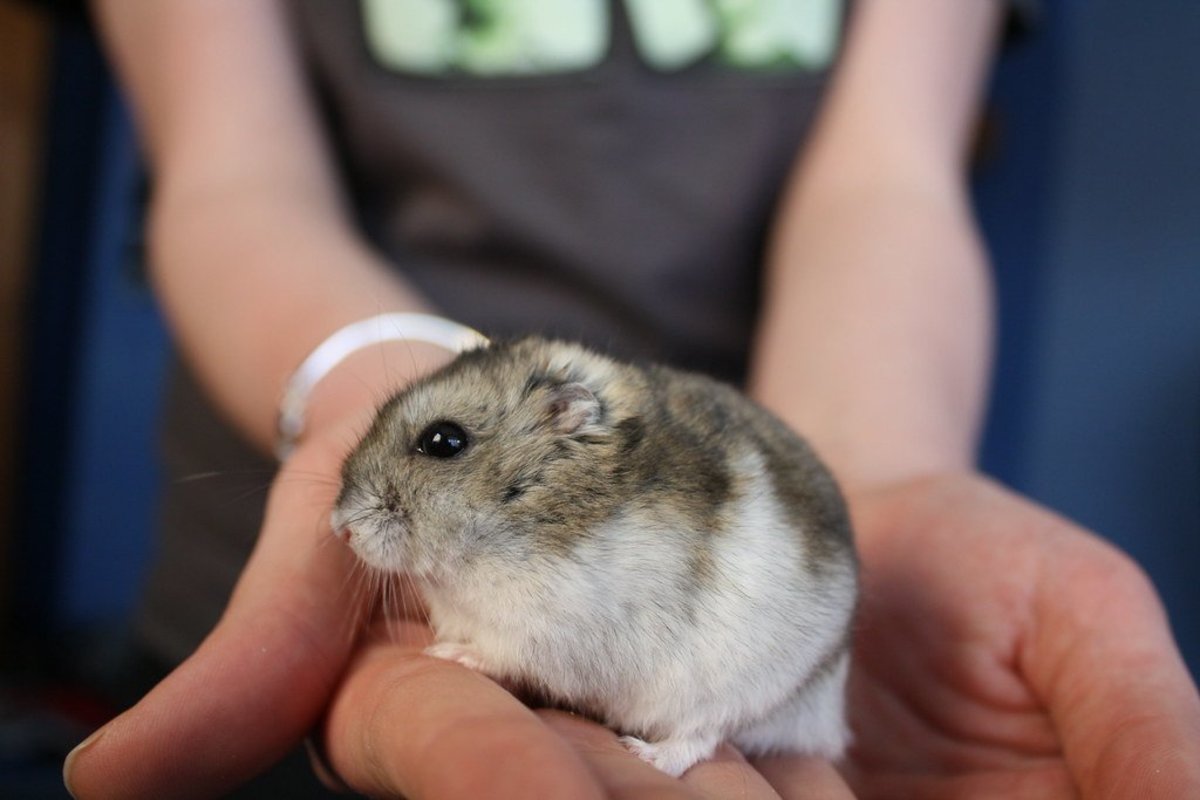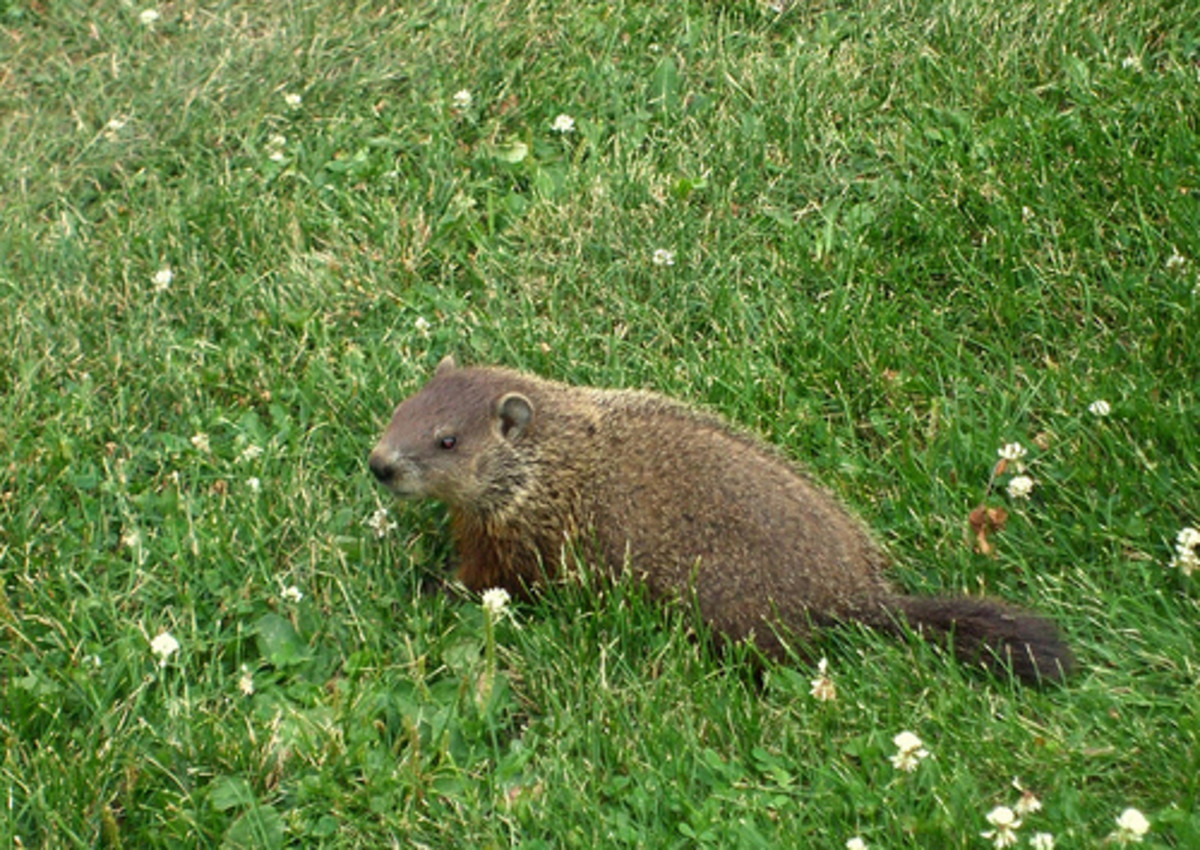Caring for your Mouse
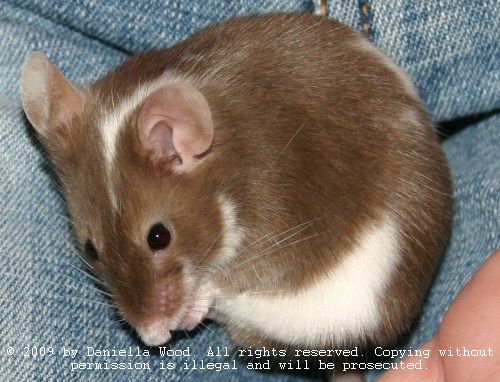
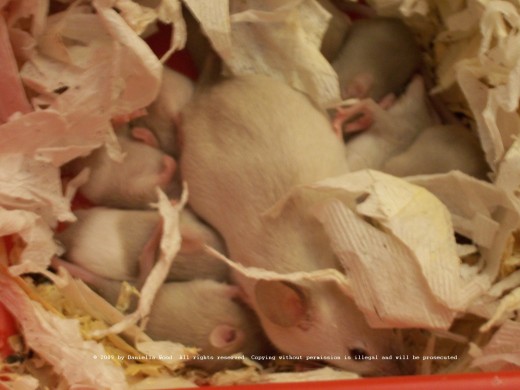
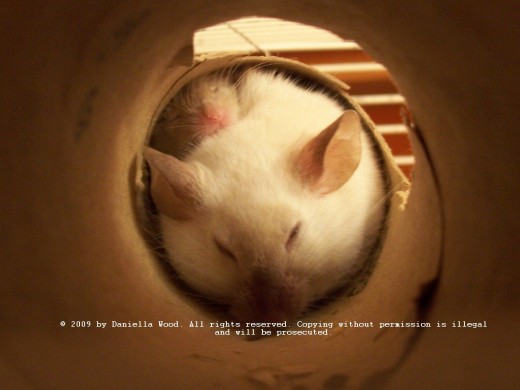
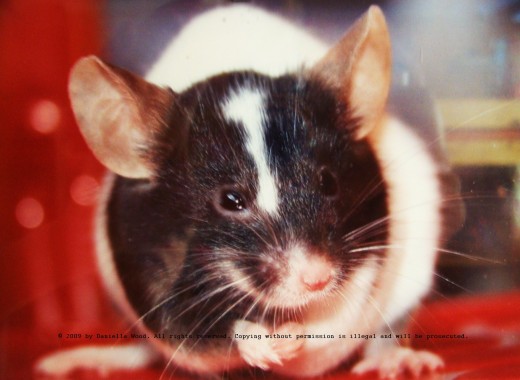
Mice: A Man's Best Friend
Choosing your Mouse
Mice are happiest when kept in pairs, but providing they are handled regularly they are also content living alone. It is very important that you choose a healthy mouse. There are several ways of testing whether a mouse is in good health or not:
- All limbs must be present, including five fingers and five toes on each paw
- The eyes, nose and anal areas must be free of discharge – if not, this could show early signs of a cold or even wet tail, which is usually deadly to mice
- The coat must be clean, glossy and have no bare patches – this could be a sign of mites in the fur
- The eyes must be wide
- The ears must be pricked up
- The mouse’s behaviour must be lively – climbing, digging, sniffing and chewing are all positive signs
- Run your fingers down the tail to check for kinks. If there are kinks, this may not be a good mouse to breed from
- The tail should rap instantly around anything it comes into contact with
- Droppings should be black and hard
Life Span
Mice live on average from 1.5 – 2 years old, but by cleaning my mice every day they managed to reach the age of 3.
Boy or Girl?
To tell whether a mouse is male or female, lift the tail and there will be two holes. If the mouse is female, there will be very little distance between the anal opening (closest to the tail) and the genital opening. For males, this distance is further apart.
Girls are usually better kept in pairs, and it is recommended that males be kept on their own. This is because males can become dominant and may fight, and also because males mark their territory more than females causing them to smell more. However, males can be alright together if they are litter mates (siblings) and cleaned regularly.
Handling and Taming your Mouse
Despite the image society has of a mouse shooting across the living room floor while granny stands on the sofa and tries to clobber it with a broom, mice are actually very docile creatures. Of course, every mouse has its own personality, just like people, and so every mouse takes their own time to tame.
If your mouse is very young and still in the ‘springing’ stage, sit close to the floor when getting him out of the cage and preferably in a room where there is nowhere for your mouse to hide – I once was handling a baby mouse when it sprung right out of my hand and the next half hour was spent getting it out from under the chest of drawers!
Some people say, “Pick an untamed mouse up by the tail”, but in my opinion this will never help the mouse to progress as it will never be being handled properly – it will not develop trust for you. However, if you do chose to use this method, be sure to pick it up by the stub of the tail (the part closest to its body), because holding its full body weight at the tip of the tail is very painful for a mouse.
During the first week or two, while the mouse is still getting to know you, it may be weary of your hand. This is normal. Slowly place your hand flat in the cage several times a day with some food or treats in your palm. Be patient. Let the mouse come to you. Sniffing is a good sign. It may sniff your hand and then run away, but notice how each time he does it, he stays by your hand a little longer.
A word of warning: if you are nervous, your mouse will be nervous. It can sense your emotion. Do not worry about it biting you; mice rarely bite. They only bite when they feel threatened or when they think you are invading their territory – this is why you let the mouse come to you, not the other way around. Eventually, it will trust you enough to put a paw on your hand and take some food. This is an excellent sign. When the mouse finally sits on your hand, do not move straight away. Let it get used to they feel of you, and then slowly raise your hand out of the cage. Mission accomplished! When handling, stroke the back to relax your mouse and talk to it in a calm, soothing voice – again, he can tell your emotion from the tone of your voice, so put him at ease.
You will find that after a week or two of doing this, your furry friend will be sniffing the bars excitedly at the sound of your voice, and won’t hesitate to jump into your hand!
Health and Hygiene
One thing to remember about mice is that it’s not them who are unclean, but their environment. Mice are in fact very hygienic creatures. I even successfully trained mine to use a jam jar as a potty! I recommend cleaning your mice out every day to ensure your mice lives the longest, happiest life possible. However, this can be tricky to fit in if you have a busy schedule, and the type of cage you have also plays a part in how often to clean him.
The main two types of cages are barred cages, and plastic cages. Each has its pros and cons. Plastic cages are best for viewing your mice, however the lack of ventilation can cause a build up of ammonia if it is not cleaned on a regular basis. Barred cages, on the other hand, are well ventilated but also allow drafts into the cage. You must therefore make sure that the cage is positioned in a sheltered place from both drafts and direct sunlight.
Cleaning him out once every two days or even twice a week won’t hurt, but be sure to give him fresh water and a food top-up daily. Using a bottle which can be attached to the side of the cage is better for the mouse because mice may urinate and flick sawdust or droppings into a water bowl. It could also get spilt, which would consequent in soaking bedding for the mouse and a whole lot of cleaning out for the owner! I understand that if you have a plastic cage there is nowhere to attach a bottle, however Rotastak have come up with a design which enables bottles to be attached to the side of plastic cages.
Food and Treats
The most commonly used mouse food – which is also suitable for hamsters – consists of:
- Dried sweet corn
- Sunflower seeds
- Dried & crushed peas
- Oats
- Mixed corn
This, however, will not be sufficient enough to ensure your mouse has a balanced diet. Here is a list of foods I give my mice to be sure they stay healthy:
- Peeled carrot (after washing the carrot make sure it is fully dry as a wet piece could slip down their throat and choke them)
- Peeled and diced suede (once cube will do – have the rest with your Sunday dinner!)
- Bread and milk – break up a slice of bread into their empty food bowl and soak it in milk. Trust me, they’ll love it! Clean this out after a day as it will start to smell and your mice will have sticky paws!
- Chocolate drops (from pet shop) – do not feed mice human chocolate – it is toxic to them.
- Hang up treats – these are good to make your mouse work to earn his food.
Fresh water must always be available to your mouse as they dehydrate very quickly, especially on hot days.
Fact: a mouse’s teeth never stop growing. Overgrown teeth could stop your mouse from eating properly. This means you will need to provide them with something to chew on in the cage, unless of course you want to find that brand new toy you bought them the other day has been ripped to shreds overnight. Carrots and suede should do the trick, or you can buy special gnawing blocks from the pet shop.
Illness
Unfortunately mice, too, can fall ill. Believe it or not, they can catch cold. The symptoms are exactly the same as in a human – runny nose, sneezing and a hunched up appearance – and therefore so are the cures: keep them warm, provide extra bedding, give them some bred and milk, and they should be right as rain within a few days. However, not all illnesses are that simple.
Mites: mites are the equivalent of fleas on a dog or head lice on a human; they cause itching and discomfort for the host. Mites may come from untreated hay or sawdust. An early symptom is constant scratching, especially in the same place, which then leads to bald patches where the fur has been scratched off. Bite marks are sometimes visible, and your mouse may become sensitive to being touched or even held because its skin is so sore. Thankfully, the vets can provide drops for this, which could take as long as a week to eliminate all the mites. The fur should grow back soon after, and you should ensure you clean the cage thoroughly to rid any remaining mites.
Diarrhoea: Diarrhoea can be symptoms of many different illnesses, just as in humans. Trust me, you can certainly see and smell when they have diarrhoea, and this may point to your mouse being fed too much green or liquid food (such as bread and milk). Overfeeding is just as bad as underfeeding. Feed only dry food to your mouse for the next couple of days and the situation should soon right itself. This means no fruit, vegetables or wet food. If the condition persists, it may be due to an internal bacterial infection, in which case consult your vet.
“Waltzing”: an affliction of the inner ear. This is where a mouse turns round and around in circles, unable to maintain its balance. A course of antibiotics from the vet may help the condition, but the main cause of this is unfortunately a hereditary defect, and is usually incurable. Offspring should therefore not be used for breeding. At this point, one has to think of the mouse and realise it would be kindest to end the suffering by putting it to sleep. I know how hard this decision is, but it is the best thing to do for your pet.
Tumours: these are cancerous swellings that grow in the mouse’s body. They are easily confused with abscesses, but tumours are solid to the touch. They usually develop in the milk glands in does or in the testicles in bucks, but can grow anywhere on the body. Sadly, they are extremely common in mice (most of my mice have been put to sleep from getting tumours in their old age) and mice are too small to be operated on. It is therefore kindest to put the mouse to sleep before the tumours grow too large and burst.
Wounds: wounds are most commonly caused by fighting among the mice, but thankfully mice rarely fight. Untreated wounds may become infected and turn into abscesses, so it is important to treat them straight away. Gently bathe the wound in warm water and, depending on the severity of the wound, a small amount of diluted antiseptic may be added to the wound. If is best to consult your vet about this, as mice do lick their wounds and could therefore be poisoned from a human antiseptic. If the wound has developed into an abscess, gently squeeze any puss out into a tissue, being careful not to cause the mouse any pain – if so, it could go into shock.
Exercise
Despite their tiny stature, mice are balls of endless energy which, one way or another, they always find a way to burn off. Watching them hand upside down in the cage can be very entertaining, but it’s not always funny for the mouse when they accidentally let go and find themselves flat on their back! Simply letting them run from hand to hand or up and down your arm is great fun and exercise for them, as well as a nice bonding session, but purchasing a ball from the pet shop lets you get on with other things while they have the time of their lives running along the floor and whacking into object after object! Keep an eye on them though…sometimes those lids aren’t as secure as they look! A standard cage should come with a wheel, but if not local pet shops should sell them.
Breeding
Mice become able to give birth at the age of 45 days and over. To spot whether a mouse is pregnant or not, observe her behavior. She will begin to build her nest, digging and carrying bits of bedding around the cage. She will, of course, become bigger in the tummy, and may become jittery or sensitive in the presence of humans.
The average number of baby mice in a litter is between 4 and 7, but I woke up one morning to find my mouse (who I thought had just eaten one too many chocolate drops) was now being surrounded by 11 squealing little pink blobs! Mice are born naked, blind and deaf. On day 2, tail and ear flaps begin to develop. Day 3 brings toes, and about one week after birth they begin to grow fur. On about the 10th day, their eyes should have opened and they should have a fur coat of glossy fur. At two weeks, this is when you should be on guard as the babies start exploring away from the nest. The distance between the cage bars should be no more than 8mm, as it would surprise you just how good they are at squeezing themselves through the tiniest of gaps.
Never disturb the nest before these two weeks. Do not clean the part of the cage where the mother has made her nest (as dugusting and slimy as it may look) because if the nest smells of humans in any way, mum has been known to eat her young in attempt to keep them safe. Strange theory, I know. This means no sudden movements or loud noises that are likely to make her feel her litter is in danger.
When a mouse is fully grown it should be about 10cm long from the nose to the tip of the tail.
All in all, mice make fantastic companions and are great fun to keep. I hope your mouse lives a long and happy life and I can guarantee they'll give you some great stories to tell your friends... That time he climbed onto your head and fell asleep; that time he raced you up the stairs...and won; that time he happened to get out of the ball just as the music from the Great Escape came on... Yep. It's mice who are a man's best friend.
Text and Photos by Daniella Wood
© 2009 by Daniella Wood. All rights reserved. Copying without permission is illegal and will be prosecuted.

